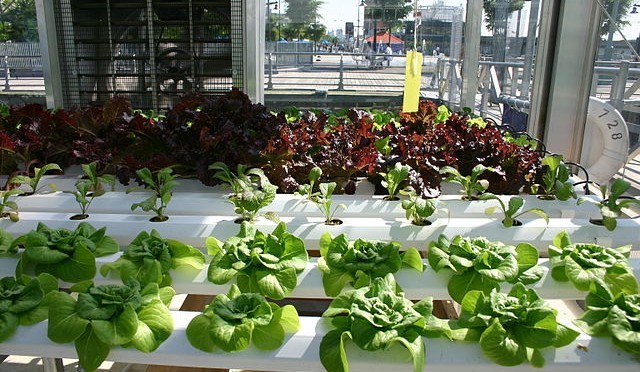If you’ve been exploring our blog you’ve probably figured out by now that much of what this blog will be about is on hold until we begin construction on our new home. We intend to get the house built first but then shortly after that we hope to add a greenhouse that allows us to extend the growing season but will also serve as a year round growing facility for aquaponics (tilapia and various vegetables including tomatoes, squash, zucchini, romaine lettuce and strawberries). For those not familiar with greenhouse aquaponics, it’s much like hydroponics but uses fish to maintain the health and nutrients of the water instead of chemical additives.
Here are the Wikipedia definitions of both:
We have been learning a lot from Portable Farms and hope to someday soon take a tour of their facilities in San Diego.
For those that are wondering what the drivers are for us wanting to spend time and money investing in Aquaponics, here is the short list:
- It looks fun!
- Fresh greens, herbs, fruit, and vegetables in abundance year round.
- No genetically modified organisms (GMO).
- No preservatives, pesticides, or other toxic secret ingredients.
- From harvest to plate in less than an hour (nutrient dense and on-demand)
- Fresh fish year round with no added hormones or artificial coloring.
- Sense of self-sufficiency.
- Great learning experience for our kids.
- Chef’s dream come true.
- Cost effective source of organic produce and protein.
If we end up touring Portable Farms or any other aquaponics facilities we will post our experiences here. Check back here in a couple years and hopefully we will have some exciting pictures to share of our own aquaponics system. If you have experience with non-commercial aquaponics we would love to hear about your successes and failures. Please reply to this post and share your wisdom. I am most interested in hearing 1) how much were your initial setup costs and what are your on-going operating and maintenance costs, 2) how productive is your system in terms of monthly yield, and 3) if you had it to do over again…would you? Thanks, Anthony


